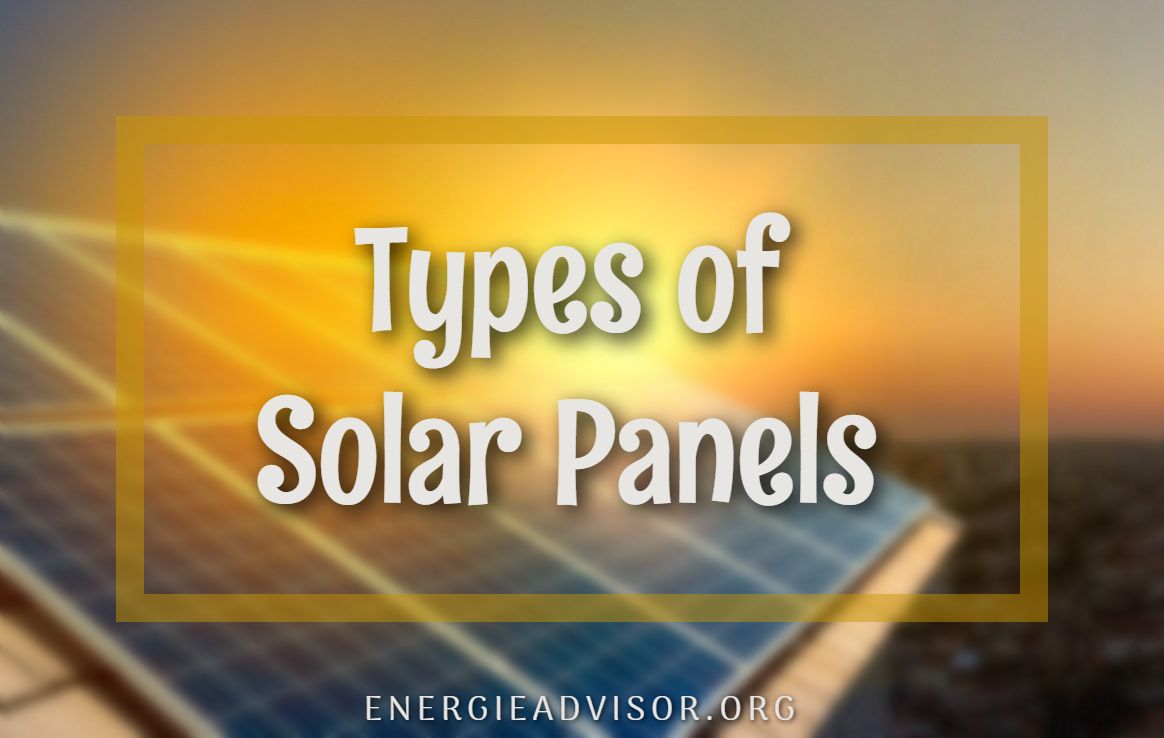Even though solar power is expected to account for almost 60% of the renewable power capacity growth projected for the next 5 years, that’s not to say that we don’t still have a long way to go before this technology is actually perfected.
While the efficiency and durability of different types of solar panels have been steadily improving for a while now, you still have to make some compromises when choosing which kind to install in your home.
That’s why we decided to explain the main differences between the solar panels that are most appropriate for residential use, as well as discuss some technologies which are yet to make their way into our backyards.
1. Monocrystalline Solar Panels
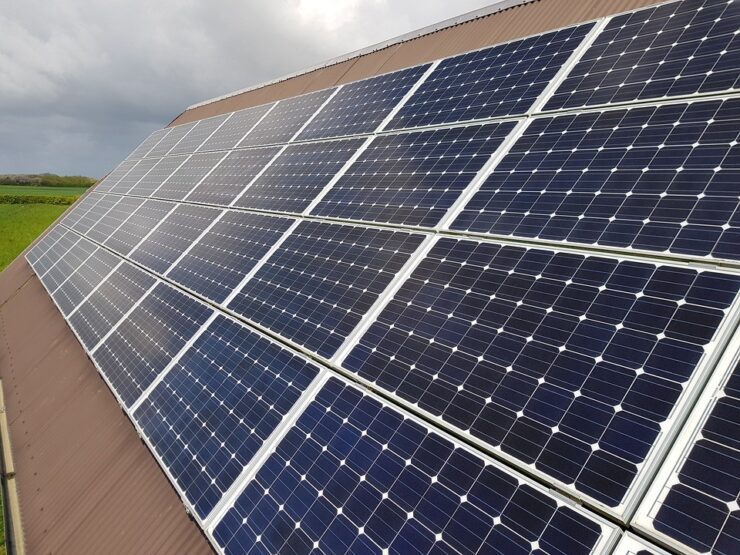
Despite being one of the older methods of harnessing the sun’s power, monocrystalline panels are still one of the most efficient solutions.
The cells for these panels are made by slicing ingots of pure monocrystalline silicon, resulting in pieces with a perfectly uniform crystal structure. While ensuring that the cells can catch as much energy as possible, this structure also makes them more durable than most of the other types and gives them their recognizable, solid coloring.
With efficiency rates sometimes reaching 25%, the fact that they can operate in higher temperatures without significant drops in performance, and their sturdiness, these panels seem like an ideal choice, but they do come with one downside, i.e. their price.
The process involved in producing silicon of required purity is expensive enough on its own, so when you also consider the fact that a lot of that silicon ends up being wasted when the corners of ingots are rounded off, the costs really start piling up.
Naturally, as they are more durable and efficient than most of the other types of solar panels, while they might require a more substantial initial investment, they can save you quite a bit of money in the long run.
2. Polycrystalline Panels
Also known as multi-crystalline, as their name implies, they are made by combining fragments of different silicon crystals and melting them together. This is responsible for the unevenly blue coloring of these cells, which can help you tell them apart from the other types.
The molten silicon can either be shaped into ingots and cut into wafers – the corners are not rounded off like they are in monocrystalline cells, or it can be stretched into thin strips through a process called edge-defined film-fed growth.
The fact that they can’t boast the uniform crystalline structure of their monocrystalline counterparts means that these cells are less effective and often less durable, but their price still makes them a very popular choice for homeowners and even mostly makes up for their drawbacks.
Not only is it much easier to replace them if their sturdiness turns out to be an issue; but the fact that they are on average not as efficient as monocrystalline panels and only capable of converting 12% to 16% of the energy they receive, only means that they will take up more room than a more efficient panel would need in order to provide the same output.
In other words, polycrystalline panels might be a perfect choice for people who are not pressed for space and who would like to keep the initial investment as low as possible
3. Bifacial Solar Panels
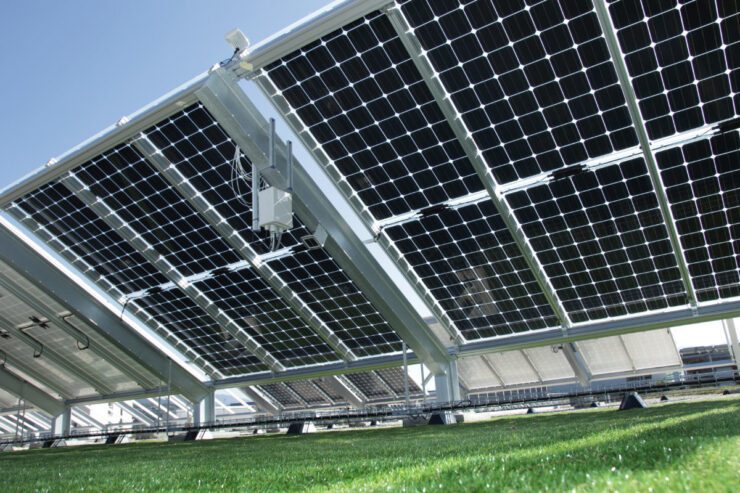
Both monocrystalline and polycrystalline cells also come in the bifacial variety. While this technology is relatively new, it is already showing promising results.
These panels can produce power when either of their sides receives sunlight, as the backs of the cells are also exposed. This makes them up to 30% more efficient than typical panels, as long as they are installed against reflective surfaces and adequately tilted.
The fact that their performance is highly dependent on the surroundings introduces a degree of unpredictability that is still keeping these panels from becoming widely commercially available, but they are expected to become one of the dominant technologies in the future.
4. Thin Film Solar Panels
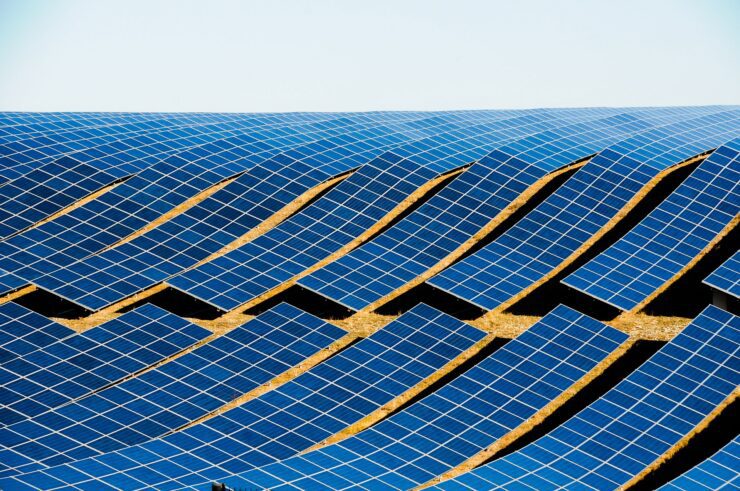
Even though it is catering to a smaller segment of the residential solar energy market than monocrystalline or polycrystalline cells, this technology still has a lot to offer.
Aside from being much cheaper than most of the other methods, it also allows for a lot of flexibility – literally and figuratively.
Namely, since the production of these cells consists of applying a thin layer of silicone or another semiconductive material onto a plastic, metal or glass surface; they can be combined in different types of modules, and don’t have to come as panels.
Using flexible materials for the base allows for the creation of portable, adjustable modules and greatly expands the number of potential uses for these cells.
While the low concentration of semiconductive materials makes these cells rather cheap, it also significantly limits their efficiency, keeping it somewhere between 7% and 13%.
However, since we already explained why efficiency isn’t too essential if you have enough room, it’s not surprising these cells are as popular as they are.
While they come in a wide variety of types, three of them seem to be the most dominant:
- Amorphous silicon (a-Si)
- Cadmium telluride (CdTe)
- Copper indium gallium selenide (CIGS)
While more efficient than the first one, the latter two methods rely on the use of cadmium, which is toxic when ingested or inhaled, and as such, not only potentially hazardous but also difficult to dispose of safely.
While thin film panels are still not as widely used as monocrystalline or polycrystalline varieties, their versatility ensures that there will always be a place for them in the market, and that research into making them more efficient is not likely to stop anytime soon.
5. Concentrator Photovoltaic (CPV) Panels
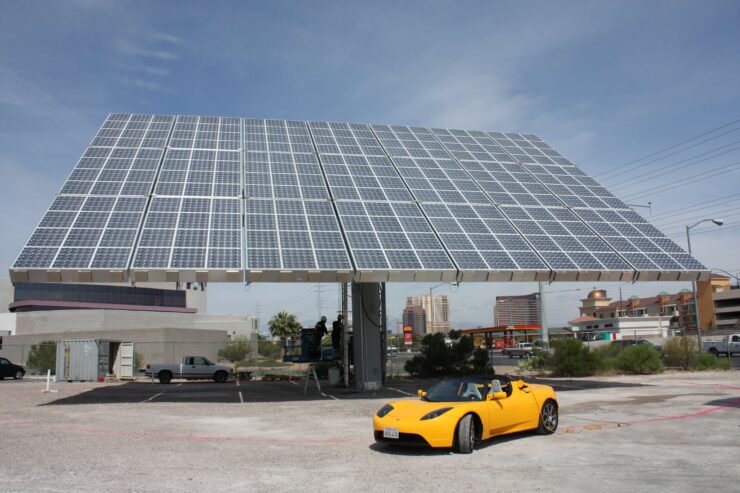
While not viable for residential use, these panels are responsible for a significant portion of industrially harnessed solar energy.
In order to capture as much sunlight as possible, CPV panels are equipped with solar trackers, mirrors, and lenses; while their cooling systems ensure that this sunlight will be converted into energy as efficiently as possible.
Since this makes these panels more expensive and difficult to maintain, they need to use photovoltaic cells that are efficient enough to justify all the added costs. This is why, instead of using cells with one p-n junction like the other panels described so far, these panels use multi-junction cells.
These cells contain 2 or more layers of semiconductor material, ensuring that the light from different parts of the spectrum is caught by different layers. Since these cells are made by applying these materials to a monocrystalline base, they are quite expensive to produce, and wouldn’t be feasible outside of concentrated systems.
While this heavy focus on their performance does make them too expensive for residential use, it resulted in these cells being able to convert sunlight into power with an impressive efficiency rate of 46%. This has made them the go-to choice in highly demanding circumstances, like for instance, in aeronautics.
6. Double Glass Panels
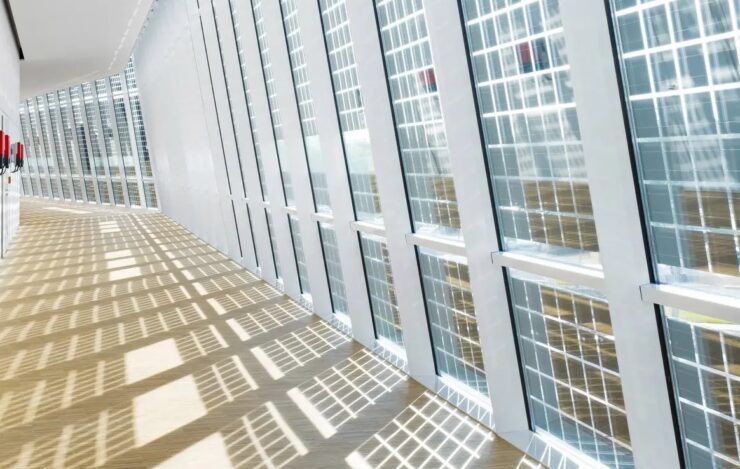
Also known as dual glass or glass-glass panels, they are not defined by the type of photovoltaic cells they are using, but instead, by the way, those cells are housed.
Typically, cells are connected into modules on a polymer back-sheet, encased in a metal frame, and protected by a glass panel. However, double glass panels do away with the polymer back-sheet, and in some cases, even the metal frame, instead of being designed to hold the cells securely in place between two layers of glass.
The glass is usually heat-treated to ensure low degradation rates and reactivity, making these panels extremely durable and reliable in terms of output. That is to say that, while it is obvious that this design is perfect for use with bifacial cells, that is by no means its only application.
Double glass panels will often be frameless, which reduces the cost of production and means that they don’t have to be grounded, but which does make them somewhat more delicate during the installation. Once properly installed, however, these panels are not only just as sturdy as the framed models, but also easier to clean and impervious to corrosion.
Conclusion
We have come a long way since the 50s when the first silicon-based solar cell was made, but no one is slowing down to tap themselves on the shoulder just yet. Aside from the panels and cells, we have listed here, there are a number of other technologies that are currently being explored or perfected.
From organic and dye-sensitized solar cells to fully transparent designs or those using nanotechnology to ensure maximum energy absorption, there is no shortage of ideas on how to use the sun’s energy even more efficiently.
Since this technology has already helped us reduce our reliance on non-renewable fuels, seeing it progress at such a rapid pace cannot but make us hopeful for the future.

